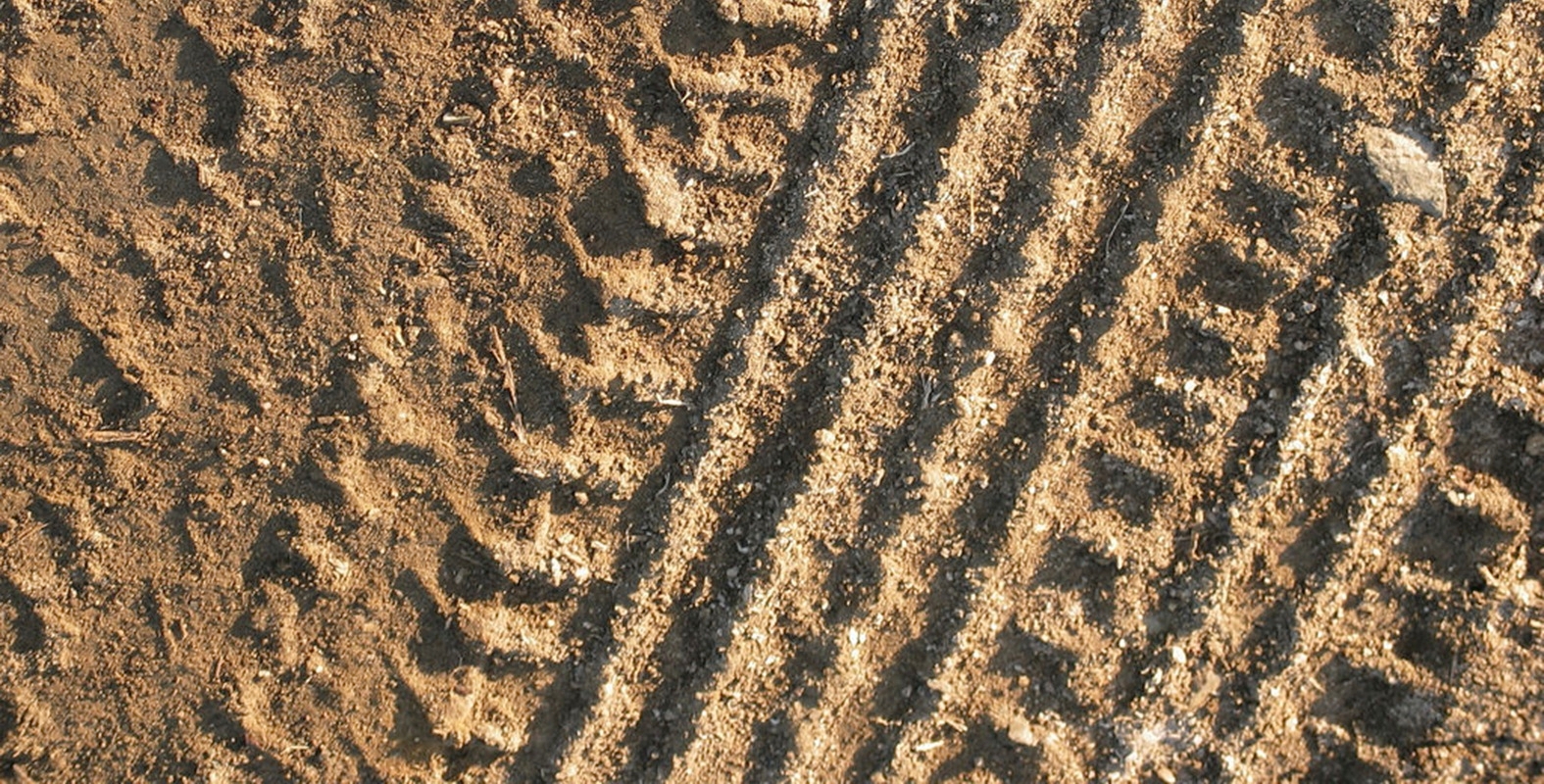St Christoper Lecture
ISTVS 2024 | October 28–31, 2024 | Yokohama, Japan
St. Christopher’s Lecture
Since 1966, ISTVS has honored distinguished workers in the field of terrain-vehicle interaction by offering them the opportunity to deliver the St. Christopher Lecture at an international ISTVS conference, held every three years. Named for the patron saint of travelers, this is the highest award offered by the society. The recipient need not be an ISTVS member. Selection and invitation of recipients is the responsibility of the conference organizing committee.
2024 Honoree
Professor Kazuya Yoshida
Department of Aerospace Engineering Graduate School of Engineering Tohoku University, Japan
Roving the Moon — Steeper, Faster and Smarter
Professor Kazuya Yoshida has been working on lunar and planetary robotics research since 1997. From the beginning, he demonstrated the terramechanics, specifically the wheel-soil traction mechanics, of wheeled rovers on soft and deformable terrain.
He conducted a series of experiments and simulations, using Particle Image Velocimetry (PIV) to observe soil particle flow around the wheels and Discrete Element Method (DEM) to simulate soil particle interactions. These methods provided insights into how rovers could enhance their mobility, particularly on steep and challenging lunar slopes.
By investigating soil compaction, shear forces, and slip ratios under various loads and conditions, Yoshida’s work has advanced traction models essential for navigating rugged extraterrestrial surfaces. More recent research focuses on two key aspects of lunar rover design: faster locomotion and smarter navigation. By increasing rover speed, Yoshida observed a more dynamic soil flow, which demands refined terramechanics models to maintain traveling performance on loose terrain.
Additionally, he and his team have developed a vision-based AI system for smarter navigation in unstructured environments. This AI system interprets complex visual information to identify obstacles, optimize path selection, and enhance rover safety on unpredictable lunar surfaces.
Together, these innovations in high-speed terramechanics and AI-powered navigation will shape the future of lunar exploration, equipping rovers to operate reliably and autonomously across extreme terrains.
ACHIEVEMENTS
In 2011, Professor Kazuya Yoshida established the International Center for Extreme Robotics Research at Tohoku University and became its Director. He also built an exploration robot for the Fukushima Daiichi Nuclear Power Plant accident that occurred in the same year. He specializes in space robotics, including the development of SPRITE-SAT, and was the technical director of the Google Lunar XPRIZE team “HAKUTO.” For Hayabusa2, he developed Minerva II2, a small robot to be dropped into Ryugyu.

RESEARCH CAREER
2010–2012
Chief Technology Officer of White Label Space Japan, the predecessor of ispace
2003–present
Graduate School of Engineering, Tohoku University, Professor
1998–present
International Space University, Visiting Faculty
1997–2003
Faculty of Engineering, Tohoku University, Associate Professor
1995–1997
Faculty of Engineering, Tohoku University, Associate Professor
1994–1995
Massachusetts Institute of Technology, Visiting Scientist
1993
Swiss Federal Institute of Technology, Exchange Researcher
1986–1994
Faculty of Engineering, Tokyo Institute of Technology, Research Associate
Previous St. Christopher Lectures
2017
Prof. György Sitkei
University of Sopron, Hungary
New Challenges and Opportunities for Terramechanics
2014
Dr. Tae Kyeong Yeu
Remote control of a deep-seabed mining robot vehicle on extremely cohesive soft soil
2011
Professor Ray Arvidson
James S. McDonnell Distinguished University Professor, Washington University, St. Louis, Missouri, USA
2008
Professor Ronie Navon
Professor, Technion, Israel Institute of Technology, Israel
2005
Professor Yasunori Matogawa
Japan Aerospace Exploration Agency, Japan
2002
Dr. Ronald A. Liston
Cold Regions Research and Engineering Laboratory, USA
1999
Professor Iwan Wästerlund
Swedish University of Agricultural Sciences, Sweden
1996
Mr. Henry C. Hodges, Sr.
CEO, Hodges Transportation Inc. Nevada, USA
1993
Dr. F. Kovac
Goodyear Tire & Rubber Company, USA
1990
Dr. K.-J. Melzer
Battelle Motor, Germany
1987
Professor Alessandro Orlandi
Università degli Studi, Bologna, Italy
1984
Professor Masanori Kitano
National Defense Academy, Japan
1981
Professor Walter Jurecka
Institute of Construction Management and Economics, Technical University Vienna, Austria
1978
Dr. A. J. Soltynski
1975
Dr. Ernest N. Petrick
Chief Scientist, U.S. Army Tank-Automotive Command
1969
Dr. Walter Söhne
1965
Dr. M. G. Bekker
Last updated

